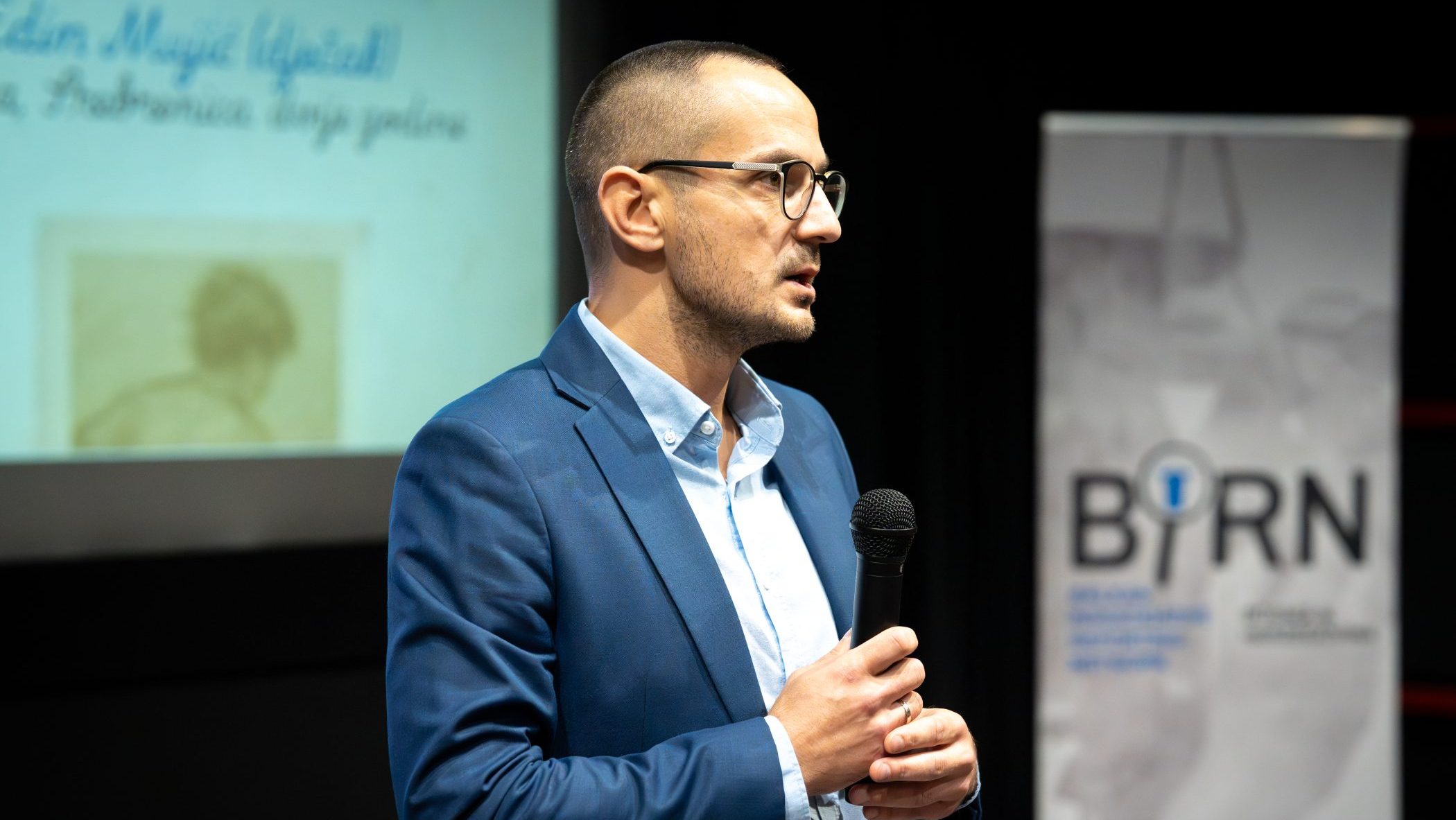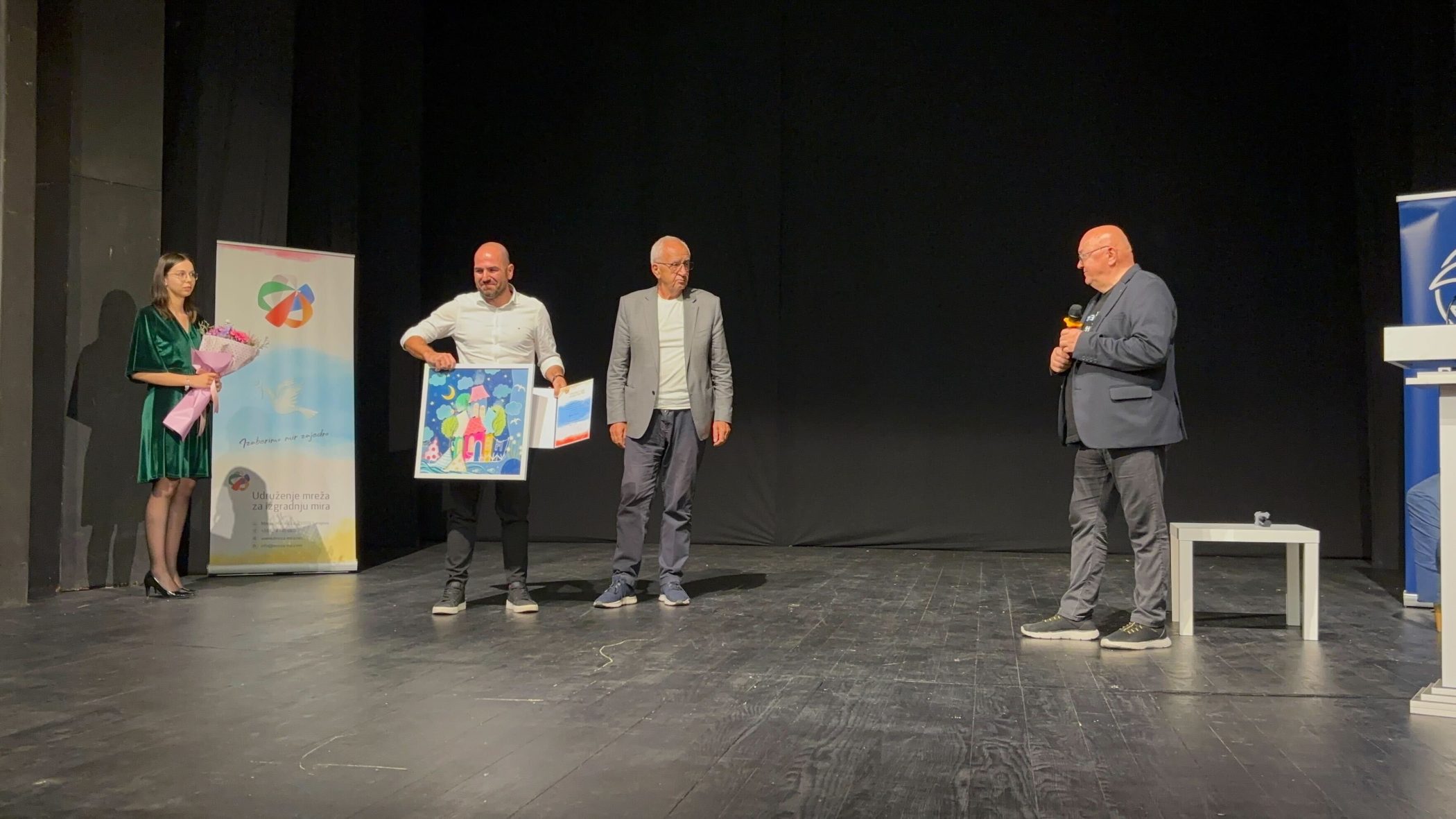This post is also available in: Bosnian
Polish officer Janusz Kalbarczyk says at Ratko Mladic’s trial that, as a UN military observer, he was held hostage by the Republika Srpska Army, VRS, and used as “human shield” against NATO’s air strikes in May 1995.
As he said, the VRS arrested Kalbarczyk and other UN military observers on May 26, 1995, tied them and exposed them as “human shields” around an ammunition hangar, radar station and other buildings on Mount Jahorina, which were targeted by the NATO strikes that had begun the previous day.
According to the witness’ testimony, following the first NATO air strikes, the RS police arrested a total of 11 unarmed UN’s military observers at an observation point in Pale and handed them over to a VRS officer soon after that.
“A policeman pointed his revolver at us and said that we were under arrest. He threatened that he would kill us in case NATO continued its airstrikes, saying that he had received an order to do it,” Kalbarczyk said.
A short time later the UN members were taken over by VRS officers, who handcuffed them in pairs and transferred them to Jahorinski Potok, where the ammunition hangars were. NATO had previously hit some of them.
“They tied me to a lightning rod of one of the buildings near a crater made by a NATO bomb,” the witness said, adding that he stayed there for four-and-a-half hours, while explosions could be heard in the distance.
After that Kalbarczyk and military observer Patrick Rechner were transferred to a radar station on Mount Jahorina. As he said, he thought that they would shoot them, because they put blindfolds over their eyes.
“They took me to an antenna, tied me to something, while an armed soldier stood behind me…They recorded me,” the witness said, while the Prosecution played the video recording in the courtroom.
Responding to a suggestion by a Pale TV journalist, Kalberczyik, who was tied to a pole, confirmed, on the recording, that he was “afraid of NATO airplanes.”
The journalist then said: “The international community has brought these people into this situation. Their survival depends on whether NATO will continue its airstrikes”.
The indictment charges Mladic, the then Commander of VRS, with having taken more than 200 “blue helmets” hostage in late May and at the beginning of June 1995.
The Polish officer and other observers were held in the military barracks in Pale until their release on June 13, 1995. Kalbarczyk said that, while he was held there, he saw VRS Commander Ratko Mladic, who was dressed in “civil clothes”, at the beginning of June.
During the cross-examination Defence attorney Miodrag Stojanovic denied the allegation that the witness could see general Mladic and that he was dressed in civil clothes, but Kalbarczyik stuck to his statement, although, as he said, he did not recognise Mladic immediately, but after having seen his face on TV a short time later.
Responding to an allegation by Mladic’s Defence attorney that the VRS considered and treated the UN’s observers as prisoners of war, Kalbarczyk said that nobody said that to them, but they were “human shields.”
The trial of Mladic, who is also charged with genocide in Srebrenica, persecution of Muslims and Croats throughout Bosnia and Herzegovina and terror against civilians in Sarajevo, is due to continue on Monday, November 18.

